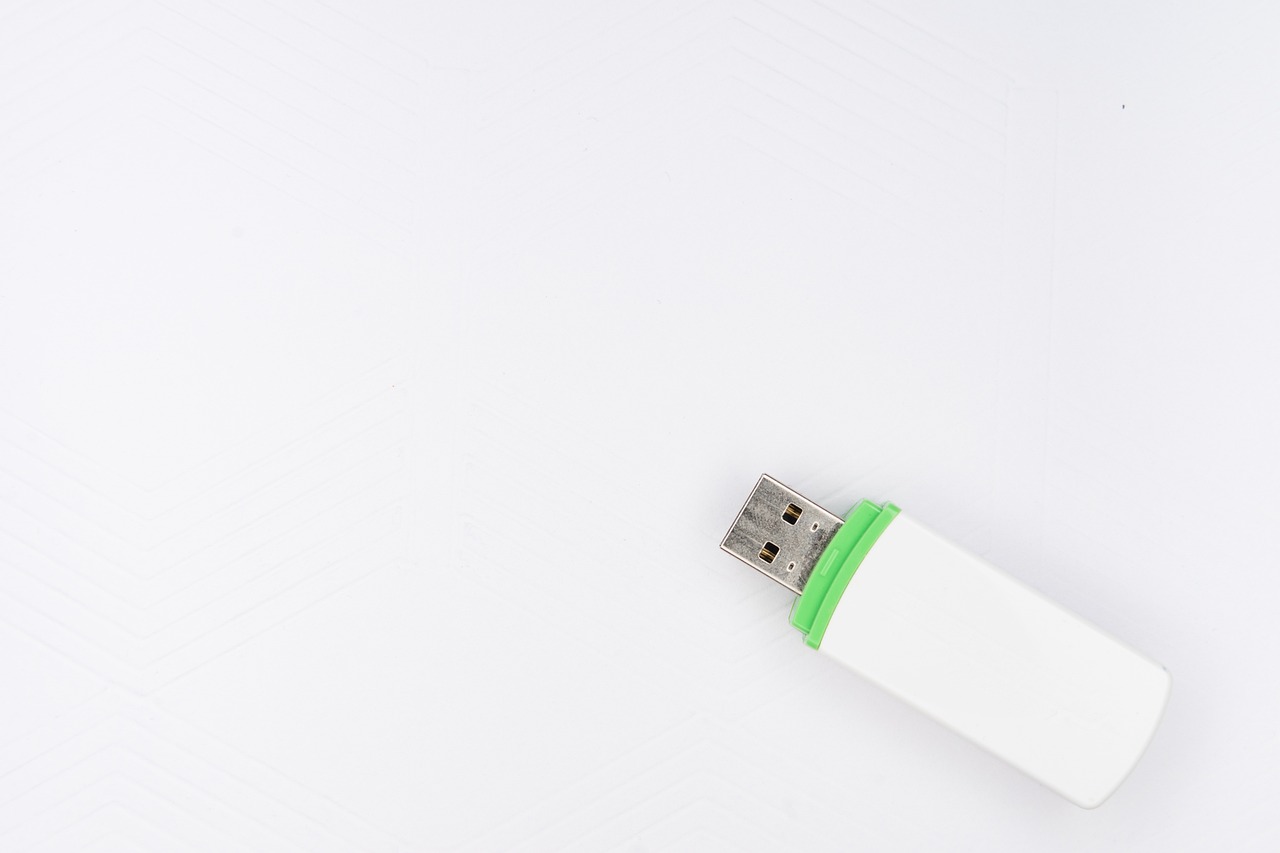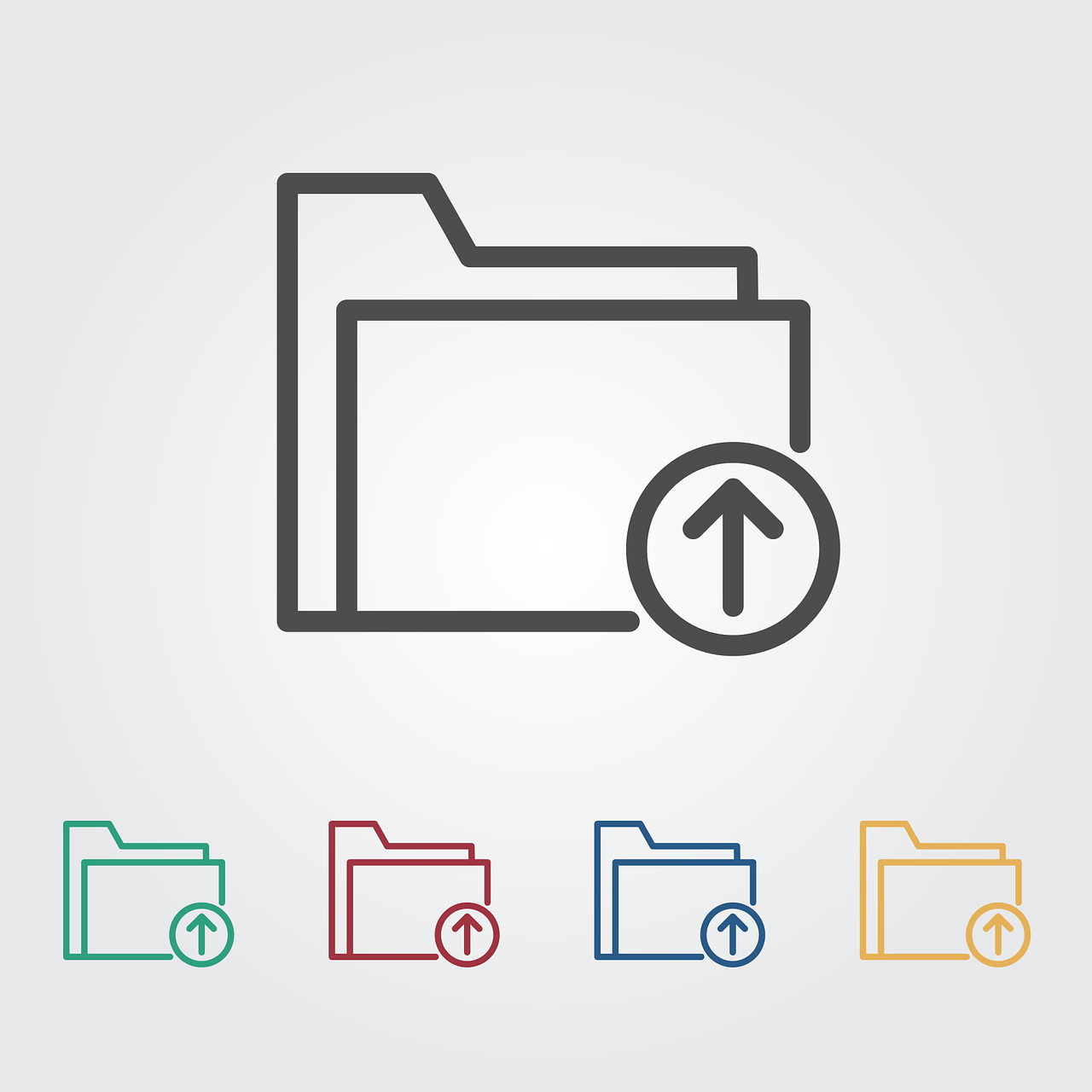Hey there! So you’re probably wondering how to upload your documents on TLS, right? Well, don’t worry, because we’ve got you covered! In this article, we’ll walk you through the step-by-step process of uploading your important documents on TLS. Whether you need to submit your resume, academic transcripts, or any other necessary paperwork, we’ll show you exactly how to do it effortlessly. So let’s get started and make the document upload process a breeze for you!

This image is property of pixabay.com.
Understanding TLS
Overview of TLS
Transport Layer Security (TLS) is a cryptographic protocol used to establish a secure connection between clients and servers over the internet. It ensures that the data transmitted between the two parties remains confidential, tamper-proof, and authenticated. TLS is an essential technology that provides a secure layer of communication, protecting sensitive information from unauthorized access.
Importance of TLS
TLS plays a crucial role in safeguarding the privacy and integrity of sensitive data, such as personal information, financial records, and confidential documents. By encrypting the data in transit, TLS prevents eavesdropping and ensures that only the intended recipient can access and decipher the information. TLS is particularly important in scenarios involving document uploads, where preserving the confidentiality of the uploaded files is of utmost importance.
TLS usage in document uploads
When it comes to document uploads, TLS is essential to protect the privacy and security of the uploaded files. By utilizing TLS, both the user uploading the documents and the platform receiving them can rest assured that the information remains protected throughout the entire process. TLS ensures that no unauthorized third parties can intercept or manipulate the documents during transmission, providing a secure and trustworthy environment for document exchanges.
Preparing Your Documents
Organizing your documents
Before uploading your documents on TLS, it is crucial to organize them in a systematic manner. This simplifies the process, allowing you to easily locate and select the specific files you want to upload. Consider creating separate folders to categorize your documents based on their type, date, or purpose. By maintaining a well-structured system for your documents, you can streamline the upload process and ensure the accuracy of your file selection.
Scanning or digitizing your documents
If your documents exist in physical form, you will need to digitize them before uploading them onto TLS. This involves scanning the paper documents using a scanner or taking high-quality photographs of each page with a camera or smartphone. It is important to ensure that the scanned or digitized copies are clear, legible, and accurate representations of the original documents. Taking the time to carefully digitize your documents helps to avoid potential issues during the upload process.
Naming and saving your documents
When saving your documents prior to upload, it is crucial to assign meaningful and descriptive names to each file. This will make it easier for you to locate and identify the correct files when selecting them for upload on TLS. Consider using a consistent naming convention that includes relevant information such as document type, date, and any unique identifiers. By adopting a systematic approach to naming and saving your documents, you will save time and minimize errors during the upload process.
Accessing the TLS Platform
Creating an account
Before you can start uploading your documents on TLS, you need to create an account on the platform. This typically involves providing your personal information, such as your name, email address, and password. Make sure to choose a strong and secure password to protect your account from unauthorized access. Once you have successfully created an account, you will have access to the TLS platform and its various features.
Logging in to TLS
After creating your account, you can log in to the TLS platform using your registered email address and password. It is essential to keep your login credentials confidential and not share them with anyone else. By logging in to TLS, you gain access to a secure and personalized environment where you can manage and upload your documents easily.
Navigating the TLS dashboard
Once you have logged in to the TLS platform, you will be greeted with a user-friendly dashboard. The dashboard serves as the central hub for all your document-related activities. From here, you can navigate through different sections, access your uploaded documents, review their status, and perform various actions. The TLS dashboard is designed to provide an intuitive and easy-to-use interface, ensuring a smooth and efficient document upload experience.
Uploading Documents on TLS
Locating the document upload feature
To upload your documents on TLS, you need to locate the document upload feature within the platform. This feature is typically accessible from the dashboard or a designated section for document uploads. Look for buttons or links labeled “Upload Documents” or similar. Once you have found the upload feature, you are ready to proceed with uploading your files.
Supported file formats
TLS supports a wide range of file formats to accommodate different types of documents. Commonly supported file formats include PDF (Portable Document Format), DOCX (Microsoft Word), XLSX (Microsoft Excel), and JPG (JPEG Image). However, it is always advisable to refer to the platform’s guidelines or documentation for a comprehensive list of supported file formats. By ensuring your documents are in a compatible format, you can avoid any potential issues during the upload process.
File size limitations
When uploading your documents on TLS, it is important to take note of any file size limitations. Platforms often impose maximum file size restrictions to optimize storage and ensure efficient processing. These limitations can vary, but they are typically mentioned in the platform’s guidelines or indicated during the upload process. If your document exceeds the allowed file size, you may need to consider compressing or reducing the file size before uploading it onto TLS.

This image is property of pixabay.com.
Selecting and Adding Documents
Choosing the documents to upload
Before adding documents to your upload queue, carefully select the files you wish to upload. Consider the purpose of the document upload and ensure that you only include relevant files. Examine your organized collection of documents and choose those that align with the requirements of the intended submission. By being selective and deliberate in your document choices, you can streamline the upload process and maintain focus on the necessary materials.
Using drag and drop
Many platforms, including TLS, offer a convenient drag-and-drop feature for adding documents to the upload queue. This allows you to simply select the desired documents from your computer’s file explorer and drag them onto the TLS upload area. By utilizing this intuitive feature, you can save time and effort compared to manually navigating through your file system. Take advantage of the drag and drop functionality to swiftly and effortlessly add documents for upload.
Selecting multiple documents
In scenarios where you need to upload multiple documents simultaneously, TLS provides the option to select multiple files at once. Hold down the Ctrl (Windows) or Command (Mac) key on your keyboard while selecting each document to add them to the upload queue. Alternatively, you can use the Shift key to select a range of documents. This feature allows you to efficiently choose multiple files for upload without having to repeat the selection process individually for each document.
Verifying Document Details
Reviewing the document list
Once you have added your documents to the upload queue on TLS, take a moment to review the document list. This step ensures that all the intended files are present and accounted for. Carefully examine each document’s name and any additional details, such as file size or format, to confirm their accuracy. By thoroughly reviewing the document list, you can catch any errors or omissions before proceeding with the upload process.
Editing document names
If you notice any inaccuracies or inconsistencies in the document names, TLS typically provides an option to edit the names within the upload interface. This allows you to modify the document names to reflect the correct information accurately. Ensure that the edited names are clear and descriptive, as they contribute to the organization and identification of your uploaded documents. Take advantage of this feature to maintain accuracy and clarity in your document names.
Assigning document categories
TLS may offer the possibility to assign categories or labels to your uploaded documents. This categorization can help streamline the document management process and make it easier to locate specific files later on. Consider the nature of your documents and their purpose to determine appropriate categories. By assigning relevant categories or labels, you enhance the organization and ease of navigation within your document library on TLS.

This image is property of pixabay.com.
Adding Additional Documentation
Applying for additional documents
In certain cases, you might need to apply for additional documents while using the TLS platform. This could involve starting a new application or requesting specific forms or certificates. Depending on the platform and its features, an option to apply for additional documents should be available within the TLS interface. By utilizing this functionality, the process of acquiring additional documents becomes seamless and integrated with the rest of your document uploads.
Uploading supplementary materials
Alongside the main documents, TLS may allow you to upload supplementary materials that support or supplement your submissions. These materials could include reference documents, additional evidence, or any other relevant files. By uploading supplementary materials, you enhance the completeness and credibility of your submission. Make sure to adhere to any file format and size limitations for supplementary materials as specified in the TLS guidelines.
Ensuring document authenticity
Authenticating the documents you upload on TLS is of utmost importance. To ensure the legitimacy and integrity of your documents, consider providing digital signatures or applying for a digital certificate. These security measures add an extra layer of validation and credibility to your uploaded files. By confirming the authenticity of your documents, you can instill trust in the recipients and the TLS platform, further enhancing the security and reliability of the document exchange process.
Document Submission and Confirmation
Finalizing the document upload
Before you submit your documents on TLS, it is essential to review them one last time. Verify that all the necessary files are present and accurately named. Ensure that you have uploaded all the required documents and supplementary materials, if applicable. Take a moment to double-check the validity and integrity of each document. By finalizing the document upload, you set the stage for the subsequent steps of confirmation and receipt.
Reviewing and confirming the submission
After uploading your documents on TLS, the platform typically prompts you to review and confirm the submission. Take the time to go through the uploaded documents, their details, and any supplementary materials. Ensure that everything is in order and accurately reflects your intentions. If any modifications or corrections are necessary, TLS may provide an option to edit or revise the submission. Once you are satisfied with the accuracy and completeness of the submission, proceed with the confirmation.
Receipt and acknowledgment
Upon confirming the submission, TLS usually issues a receipt or acknowledgment to signify the successful upload and registration of your documents. This receipt serves as proof that your documents have been securely received and are in the system for further processing. Keep a copy of the receipt for your records and reference, as it can serve as evidence of document submission and act as a point of contact should any issues arise during the document processing stages.
Troubleshooting Upload Issues
File upload errors
Occasionally, you may encounter errors during the upload process on TLS. These errors could be triggered by network interruptions, file format incompatibilities, or other technical issues. If you experience a file upload error, first ensure that your internet connection is stable. Then, check that your files adhere to the supported file formats and size limitations mentioned by TLS. If the error persists, consider reaching out to the TLS support team for assistance in resolving the issue.
Document format compatibility
To avoid document format compatibility issues on TLS, it is important to ensure that your files are in a format supported by the platform. Review the platform’s guidelines or documentation to determine the compatible file formats. If your documents are in an incompatible format, convert them to a suitable format before attempting to upload them. This ensures that the documents can be properly processed and viewed by the recipients on the TLS platform.
Resolving technical problems
In the event of any technical problems or issues encountered during the document upload process on TLS, it is advisable to seek assistance from the platform’s support team. They are equipped to resolve technical problems and provide guidance on troubleshooting specific issues. When contacting support, provide detailed information about the problem, including any error messages received and the steps that led to the issue. By reaching out for support, you can overcome any technical hurdles and ensure a smooth document upload experience.
Security and Privacy Concerns
TLS encryption and data protection
TLS employs encryption mechanisms to protect the confidentiality and integrity of data transmitted between clients and servers. The use of cryptographic algorithms ensures that the information remains secure, making it unreadable to unauthorized parties. By leveraging TLS encryption, the document upload process on the platform is fortified, safeguarding the sensitive data contained within the uploaded files. This ensures that your private information and documents remain confidential and protected.
Security practices for document uploads
When uploading documents on TLS, it is essential to adhere to security best practices. This includes maintaining strong login credentials, such as unique passwords, and safeguarding your account from unauthorized access. Additionally, ensure that your computer and devices are protected with up-to-date antivirus software to mitigate any potential threats. It is advisable to avoid accessing TLS from public or unsecured networks to minimize the risk of eavesdropping or data interception.
TLS privacy policy
TLS platforms typically have a privacy policy that outlines how they handle and protect your personal and uploaded document information. It is prudent to review the privacy policy to understand how your data will be used, stored, and shared. Pay attention to any clauses related to data retention, third-party access, or information security. By familiarizing yourself with the TLS privacy policy, you can make informed decisions about your document uploads and ensure that your privacy concerns are adequately addressed.
In conclusion, understanding TLS and its importance in document uploads is crucial for ensuring the security, privacy, and authenticity of your uploaded files. By preparing your documents, accessing the TLS platform, selecting and adding documents carefully, verifying document details, adding supplementary materials, and finalizing the submission, you can navigate the document upload process smoothly. In the event of any issues, troubleshooting upload problems and seeking assistance from the support team will help resolve technical hurdles. Remember to prioritize security and privacy by adhering to best practices and reviewing the TLS privacy policy. Embrace TLS as a trustworthy platform for your document upload needs, knowing that your information remains secure throughout the entire process.
Didn't find what you were looking for? Search here
